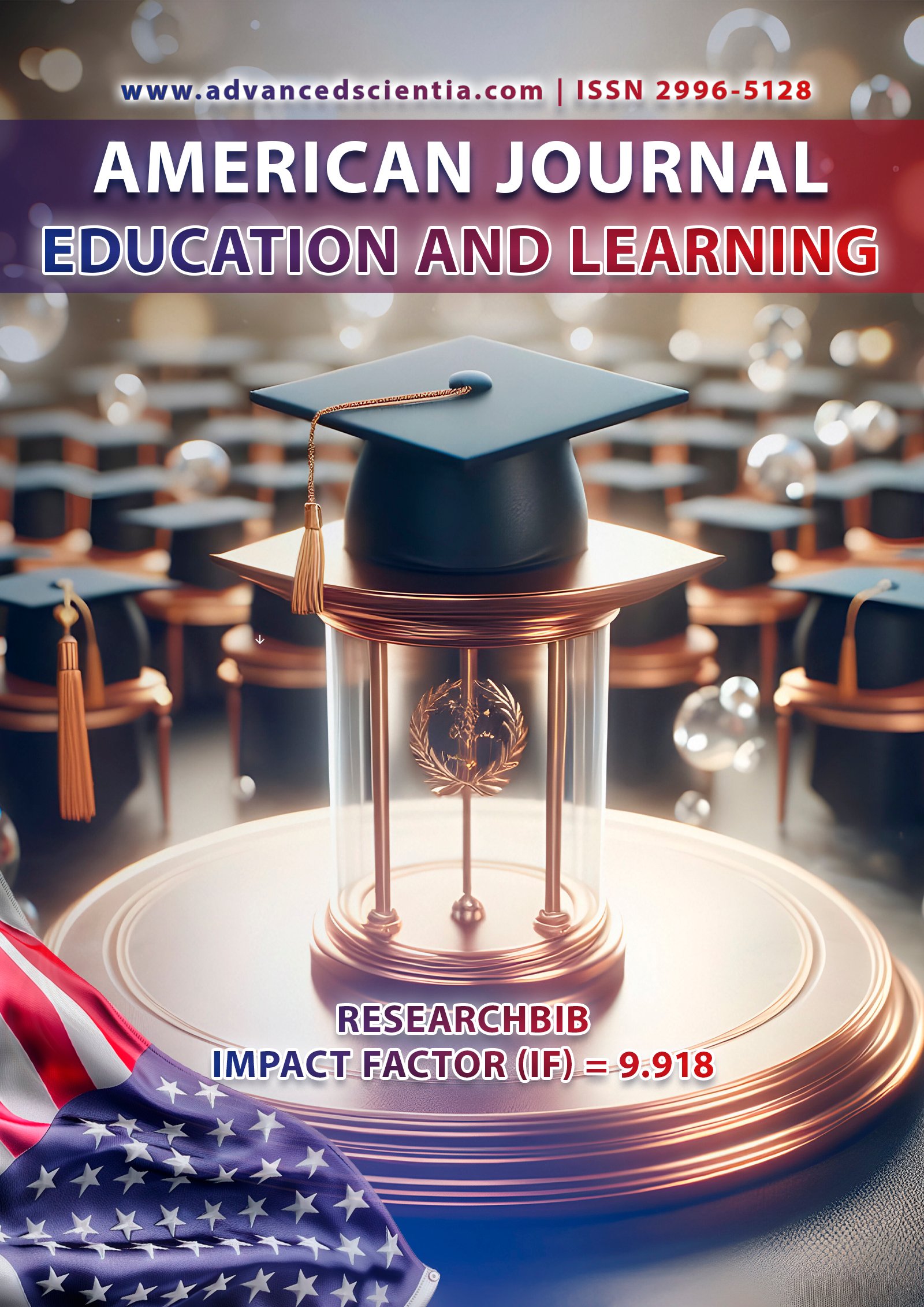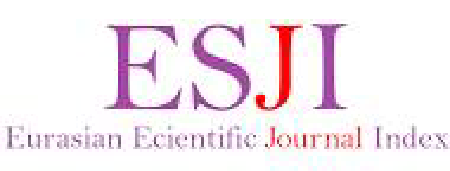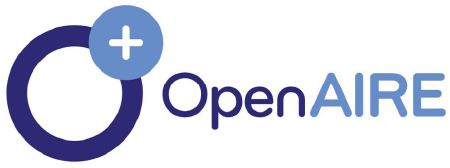CUSTOMS JOURNEY OF UZBEKISTAN: FROM CAMEL CARAVANS TO AI SCANNERS
Abstract
This article explores the transformation of Uzbekistan’s customs system in the context of global trade facilitation. Since 2016, the country has shifted from rigid border control to a more transparent, digital, and efficient model aligned with international standards. Through literature review, comparative analysis, and empirical insights, the study identifies key reform drivers such as political commitment, technological upgrades, and global cooperation. The findings show that customs modernization is most successful when digital tools are supported by institutional capacity. This research provides a brief yet insightful view of evolving customs systems in transitional economies
References
1. World Customs Organization. (2018). The role of Customs in facilitating trade. Retrieved from https://www.wcoomd.org/en/media/newsroom/2018/june/the-role-of-customs-in-facilitating-trade.aspx
2.Asian Development Bank. (2019). Uzbekistan: Modernizing Customs for Economic Growth. ADB Briefs.
3.Bird, R. (2013). Taxation and Development: The Weakest Link? Edward Elgar Publishing.
4.Grainger, A. (2008). Customs and Trade Facilitation: From Concepts to Implementation. World Customs Journal.
5.Keen, M. (2012). Rethinking the Role of Customs in Modern Tax Administration. IMF Working Paper.
6.OECD. (2021). Customs Reform in Central Asia: Comparative Analysis.
7.State Customs Committee of the Republic of Uzbekistan. (2022). Annual Report on Risk-Based Inspections.






















